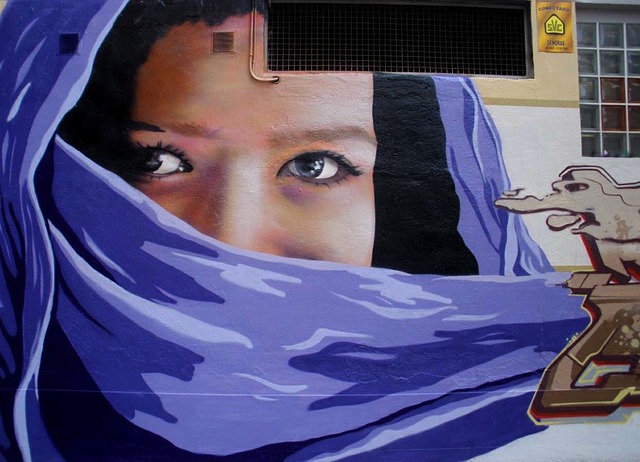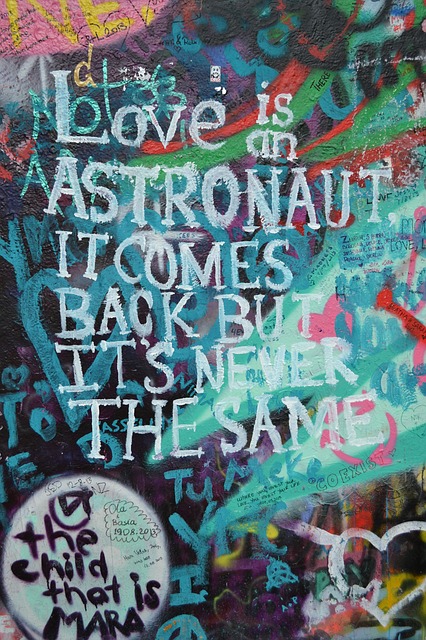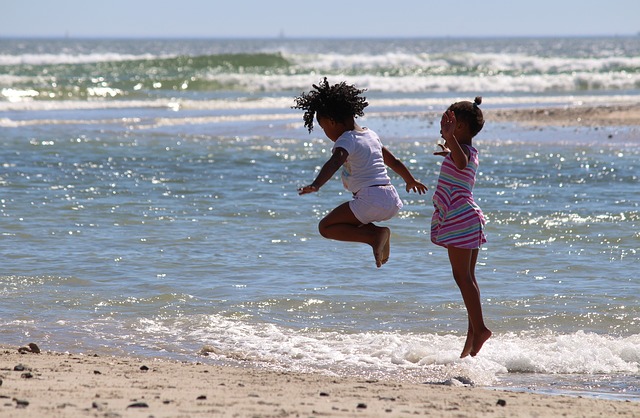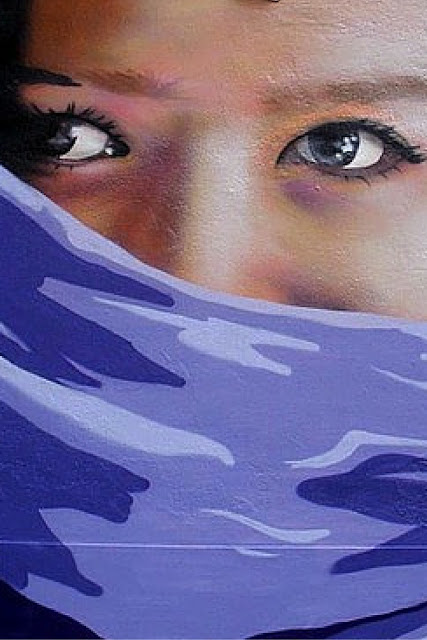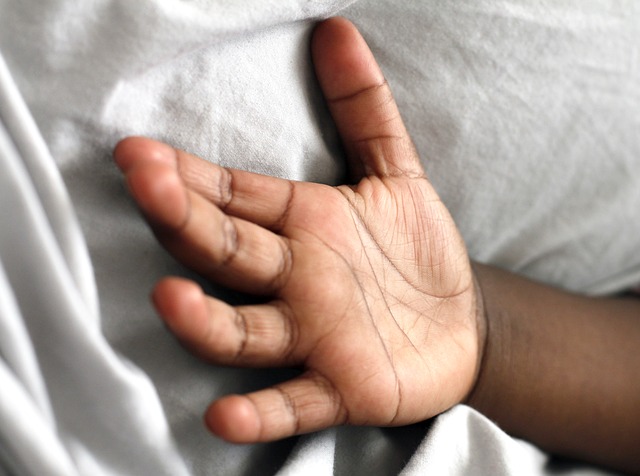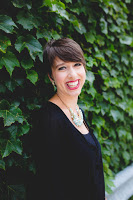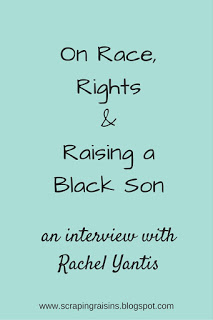I am a white girl in a white city and I would never identify myself as a racist, but how many people of other races would actually call me “friend”?
Until recently, my family lived in Chicago and our neighborhood reflected many colors, languages, sexual orientations and ages. Our apartment building housed a Muslim Indian family and two married lesbian couples. Nepalese women lounged on straw mats at the playground and moms wore hijabs and pushed children in strollers. We were often the only Caucasians at the grocery store as my son and I mingled with grannies who would pinch his cheeks and bless him in other languages. Over the years, I was a teacher in three different schools throughout the city: one was 100% African American, another was in Chinatown and a third was a magnet school with students of all races and socioeconomic backgrounds.
Diversity is what I miss most about living in Chicago.
But though we were exposed to the world’s flavors, colors, textures and sounds, I often felt like an imposter. Was I actually friends with anyone who looked different from me or spoke a different language from me? Had they been to my home or had I been to theirs?
Do we wear diversity as a badge, patting ourselves on the back for being racially diverse without actually entering into any relationships with people of other races and cultures?
Living in a diverse city may feel hip, but brushing shoulders with someone is not the same as knowing them.
Diversity has become just a trendy word, often devoid of actual relationship.
This year, we moved to a city that is 93% white. Now, I’m wondering how to expose my children to diversity without accosting the first person of another race that we meet and begging them to be our friend.
So why is it so important to have friends that are different from us and how can we make them organically?
When we develop relationships beyond our color lines, the first wall to fall is fear. We fear what we do not know or understand. Personally, I had to overcome my fear of Muslims.
In 2004, I volunteered to help a missionary family for the summer. I ended up having only one offer–in Tajikistan. I was terrified to go to a Muslim country that was near Afghanistan (won’t I get kidnapped?). But when I finally made the decision to go, my prejudice unraveled. The country was ruggedly beautiful, the culture was fascinating, and the Tajiks were kind, hospitable, and generous. And I quickly found that once I had relationships there, I no longer felt afraid.
Later, I lived for five years in a Muslim area of China, where I visited my students in their homes and shared meals with their families. Even now, when I meet visitors to the U.S. from other countries, I feel indebted to the kindness I experienced from my Muslim friends in China, and am quick to ask them how they are faring in America.
In 2013, I volunteered to help some Saudi Arabian college students practice their English. One of the girls, a devout Muslim, ended up living with us for a year. She ate with us, joined us on vacation and camping trips and babysat our children. She became a part of our family.
She visited us recently and over tortilla soup and bread, she told us how four of her female Saudi friends in four separate large cities have had individuals follow them and tear off their head-coverings (hijabs). She said she no longer wears hers because she’s petrified. This is our dear friend, who my children call “aunt,” so we were livid.
It made the injustice personal.
Though my children have one person in their life who is of another race, she is the only one right now. And I’m ashamed of that. So how can parents of children living in predominantly homogeneous areas of the country ensure that we and our children form friendships with people who look different from us?
For that to happen, we can’t just stay in the stream we are in, floating along and being swept by the current. We need to turn around and swim against the push. Or possibly, we need to jump out of the water all together and change streams.
One way is to intentionally live in diverse neighborhoods with diverse schools. We can also visit universities near us that have international students, many who will never set foot in an American’s home in all their years in America. Many cities have ESL classes with volunteer opportunities to help international students or immigrants practice English. Every city has enclaves of people who are different from us if we are willing to look.
When we develop relationships, the fear of the unfamiliar seeps away and is replaced by understanding. It is replaced by love. And if we are Christ-followers, we are called first to love God, then to love our neighbors. And we can’t love someone until we know them.
These friendships change our perspective when we hear that another black teen has been shot, because we not only know of someone like him, we’ve had them in our homes and we’ve been to theirs. We have empathy because we no longer hear “single black male,” on the news, we hear “My friend, Justin, who plays video games with me and likes pepperoni pizza.” Or when we hear “Muslim man held under suspicion,” we think, “My good friend, Ahmed, with the belly laugh who likes to tell silly jokes.”
When our friends experience injustice, it gets very personal, very quickly. And though one friendship will not topple the tower of racism in our country, it will cause it to quake just a bit.
~~~~~~
How many true friends do you have who are different from you?
If you are in a very white city, what do you do to ensure that your children are exposed to diversity?
Resources:
Why Christian Parenting Includes Talking to Your Kids about Race
This Shalom in the City podcast hosted by Osheta Moore with special guest, Megan Tietz, the host of the podcast, Sorta Awesome, who shares why she and her husband chose to send their children to failing schools on purpose.
On Race, Rights & Raising a Black Son: An Interview with Rachel Yantis An interview with a friend about how her perception of race in our culture has changed now that she has to see the world through the eyes of her African American son.
~~~~~~
Last Post: 3 Myths of Perfectionism {Thursday Thoughts for Writers}
Next Post: Skinny Dipping & Lazarus
Follow me on Twitter and Facebook
Sign up to receive posts by email in the upper right corner so you don’t miss a post!
Linking up with Arabah Joy

